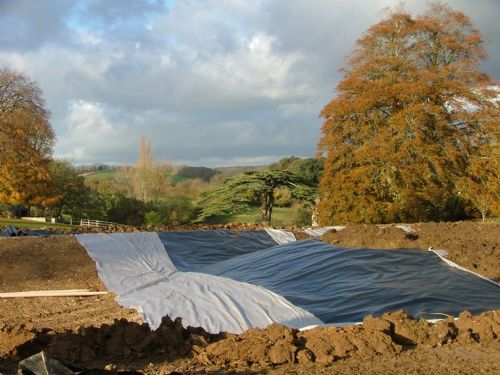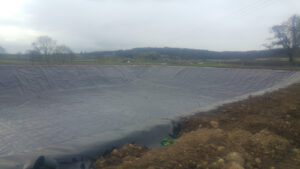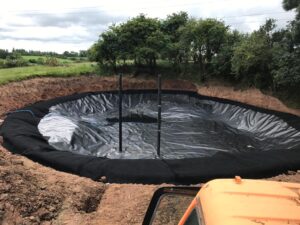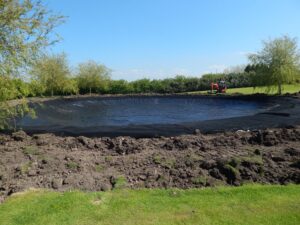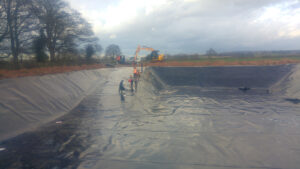Wetlands, with their rich biodiversity and ecological significance, are delicate ecosystems that require careful preservation. One crucial aspect of maintaining wetlands involves safeguarding their perimeter bunds—the raised banks that encircle them—against erosion. Lining these bunds is a key strategy used to protect and sustain these vital natural habitats.
Understanding Wetland Perimeter Bunds:
Perimeter bunds serve as protective barriers surrounding wetlands, retaining water within and preventing flooding in adjacent areas. These earthen structures support the integrity of wetlands, providing stability and facilitating the conservation of diverse plant and animal species.
Erosion Threats:
Erosion poses a significant threat to the integrity of these bunds. Factors such as water flow, weather conditions, and human activities can lead to soil erosion, compromising the bund’s structural stability and potentially causing harm to the wetland ecosystem.
Lining for Erosion Control:
Lining a wetland perimeter bund involves the application of materials that act as protective barriers against erosion. Geotextiles, geomats, natural fibres, or even vegetation can be used to reinforce and stabilise the bund’s surface, reducing the impact of erosion and preserving its structural integrity.
Benefits of Lining:
Erosion Prevention: The primary benefit is the prevention of soil erosion. Lining materials create a barrier that absorbs and disperses the energy of flowing water, minimising its ability to erode the bund’s surface.
Structural Stability: Lining enhances the stability of the bund, reducing the risk of collapse or damage due to erosion. This, in turn, maintains the functionality of the wetland ecosystem.
Conservation of Biodiversity: By preserving the bund’s integrity, lining helps sustain the diverse flora and fauna that depend on wetlands for habitat and sustenance.
Lining Techniques:
The selection of lining materials and techniques depends on various factors such as soil type, water flow patterns, and the specific needs of the wetland ecosystem. Geotextiles or mats may be secured with anchors, while vegetation can be planted along the bund to reinforce its structure naturally.
Environmental Considerations:
When lining a wetland perimeter bund, it’s crucial to prioritise environmentally friendly materials and techniques. Natural fibres or vegetation-based linings not only offer erosion control but also blend harmoniously with the wetland environment, minimising any negative impact.
Maintenance and Monitoring:
Regular inspection and maintenance are essential to ensure the effectiveness of the lining. Periodic checks for wear, tear, or displacement of lining materials allow for timely repairs, preserving the bund’s erosion control capabilities.
Community Involvement:
Engaging local communities in the preservation of wetlands and their perimeter bunds fosters a sense of stewardship. Education and participation in maintenance efforts can create a shared responsibility for protecting these vital ecosystems.
In conclusion, lining a wetland perimeter bund stands as a vital practice in safeguarding these precious ecosystems. By employing erosion control measures, we not only protect the structural integrity of the bunds but also uphold the intricate balance of biodiversity within wetlands. This concerted effort ensures the longevity and resilience of these invaluable natural habitats for generations to come.
To find out more about our products and services and how we can help you, please contact us using the below –
Tel: 01695 228626
Email: enquiries@enviroseal.co.uk

